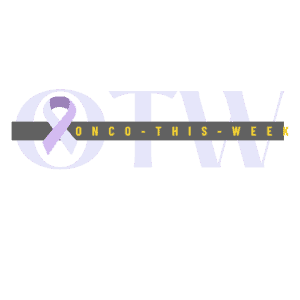FAILED TRIAL: Ph 3 DREAMM-3 trial of Blenrep (belantamab mafodotin) in patients with RRMM did not meet primary endpoint of progression-free survival (PFS)

- In the DREAMM-3 trial, the primary endpoint of PFS demonstrated a hazard ratio (HR) of 1.03 (95% CI: 0.72 1.47).
- The observed median progression-free survival was longer for belantamab mafodotin vs PomDex (11.2 months vs 7 months).
- Secondary endpoints include overall response rate (ORR), duration of response (DOR) and overall survival (OS).
- The ORR was 41% for belantamab mafodotin and 36% for PomDex. Belantamab mafodotin demonstrated a deeper response rate when compared with PomDex (25% VGPR or better with belantamab mafodotin compared to 8% with PomDex).
- The median follow-up was 11.5 months for belantamab mafodotin and 10.8 months for PomDex; the median DOR was not reached for belantamab mafodotin (95% CI: 17.9, –) vs 8.5 months (95% CI: 7.6, –) for PomDex; DOR rates at 12 months were 76.8% and 48.4% for belantamab mafodotin and PomDex respectively.
- The safety and tolerability profile of belantamab mafodotin was consistent with the known safety profile, and no new safety signals were identified. Overall rates of grade 3 keratopathy are consistent with prior reported data.
Share:
More News
PharmaMar has submitted a Marketing Authorization Application to the European Medicines Agency for Zepzelca® (lurbinectedin) in combination with atezolizumab (Tecentriq®) for the maintenance treatment of adult patients with extensive-stage small cell lung cancer, whose disease has not progressed after first-line induction therapy with atezolizumab, carboplatin and etoposide. The MAA submission
“At SR One, our mission is to invest in companies that we believe have the ability to innovate and advance transformational new therapies in areas of high unmet medical need,” said Simeon George, M.D., Chief Executive Officer and Managing Partner at SR One. “Fore Bio is focused on resetting the
The study demonstrated a statistically significant and clinically meaningful improvement in the primary endpoint of TACE-progression-free survival (TACE PFS*), and the other primary endpoint of overall survival (OS) is immature at the prespecified first interim analysis. Meanwhile, a clinically meaningful PFS by RECIST v1.1** was also observed. Detailed findings from
“The positive CHMP recommendation for the Itovebi-based regimen represents a significant step towards providing people in the EU with PIK3CA-mutated, ER-positive advanced breast cancer with a targeted therapy in the first-line setting,” said Levi Garraway, M.D., Ph.D., Roche’s Chief Medical Officer and Head of Global Product Development. “This recommendation is



